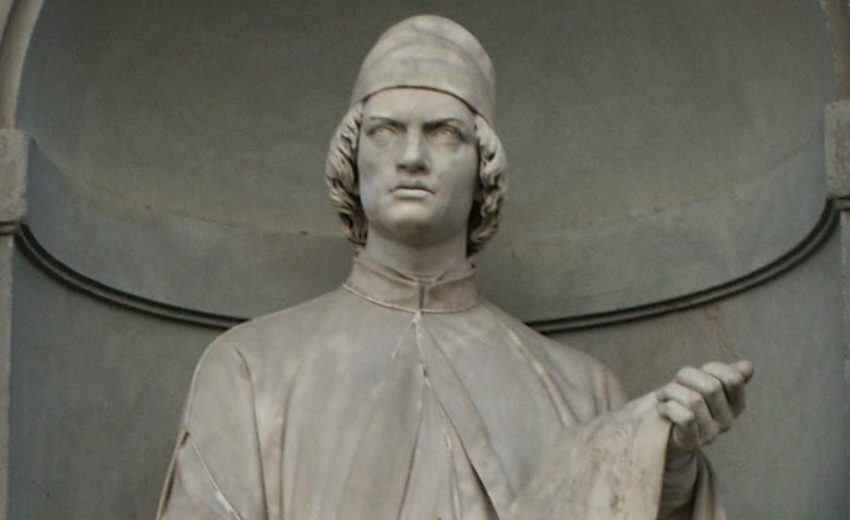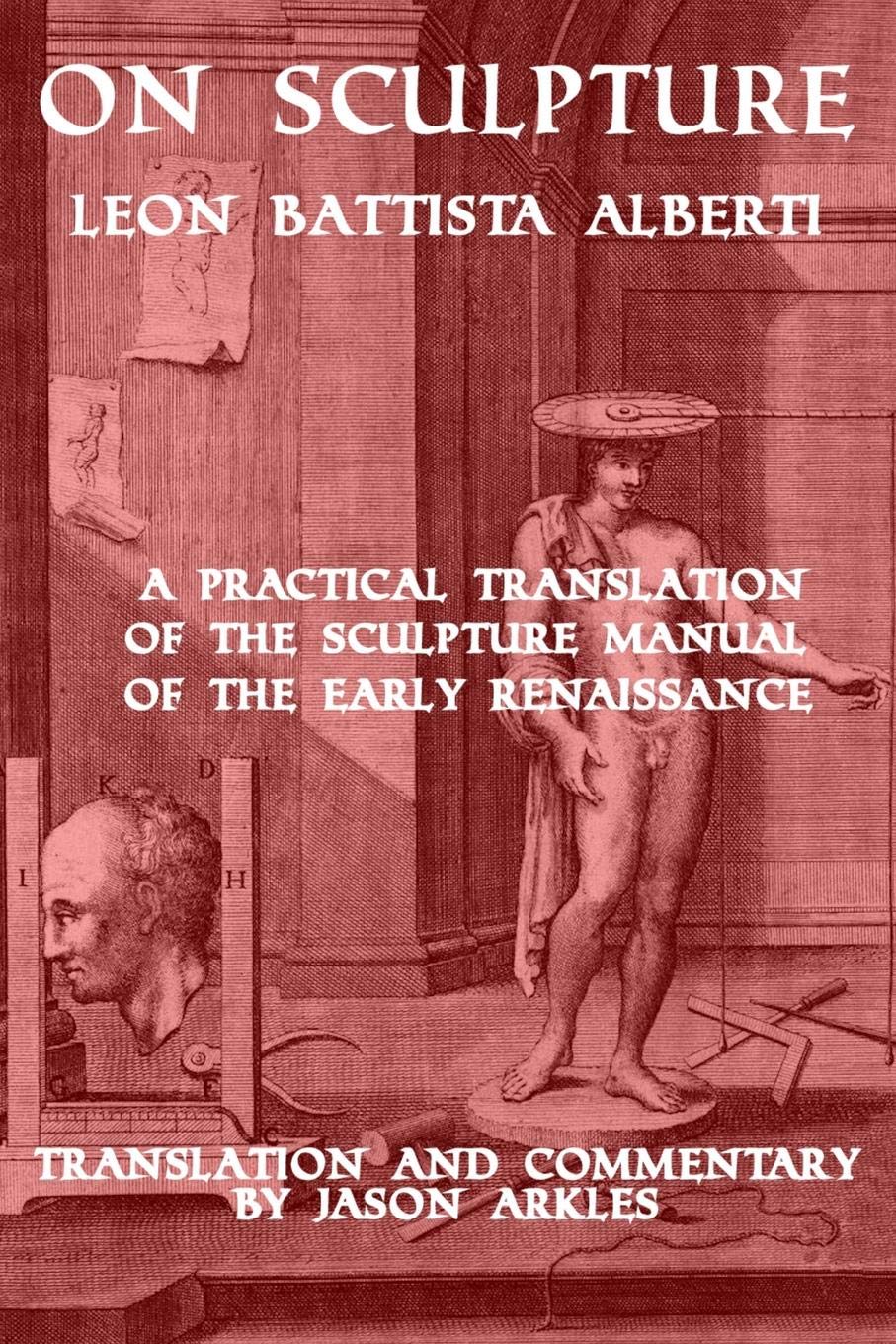
Alberti, On Sculpture
De statua is not – as the title suggests – “treatise on sculpture or sculpture, but a proposal to solve some problems, such as the measurement of lengths and diameters of bodies and statues, the proportional enlargement or reduction of a model, and the ideal proportions of the human body.” Schlosser particularly emphasizes the” famous and important system of pictorial art ” , ie Alberti’s distinction in the three areas: sculptors ( fictores ) who build figures out of clay or clay or Add material sculptor ( sculptores remove) the material to produce the figure, and finally z. B. gold or silversmiths (argentarii ), which produce molds of forged metal. For the purpose of the survey Alberti developed three instruments: the Hexempeda , a proportional bar, the Normae for determining diameters, and the Finitorium , a complex device with a round, graduated disc plus a movable pointer on the head of the figure to be measured was attached. With this device, he could determine the coordinates of each point in space or on the figure and hold in a table. The proportion table of the human body at the end of “De statua” (Tabulae dimensionum hominis) takes into account not only the length and width of the body and its parts, but also its third dimension.
Download
Alberti_On Sculpture.pdf
Alberti_On Sculpture.txt
Alberti_On Sculpture.html
Alberti_On Sculpture.jpg
Alberti_On Sculpture.zip



